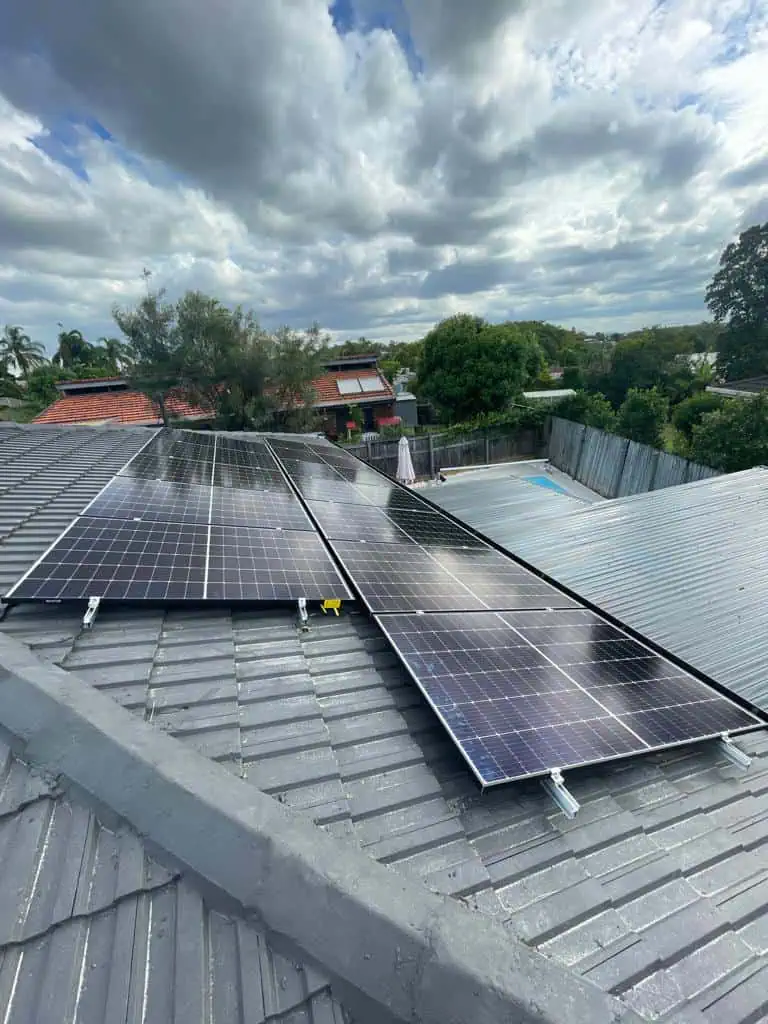Residential Solar Explained: How It Works and Why You Need It in Australia

With abundant sunshine and rising electricity prices, Australia is one of the world’s best locations for residential solar energy. More than 3 million Aussie homes have already installed rooftop solar—and for good reason. Solar power isn’t just an eco-friendly trend; it’s a practical, money-saving solution that makes homeowners more energy independent and financially resilient.
If you’re new to the idea or considering going solar, this guide breaks down how residential solar works and why it’s a smart investment for homes across Australia.
How Residential Solar Works – Step by Step
Solar power systems for homes may seem complex, but they’re actually quite straightforward once you understand the basic components and process.
1. Solar Panels Capture Sunlight
Solar panels, usually mounted on your rooftop, are made of photovoltaic (PV) cells that absorb sunlight and convert it into direct current (DC) electricity.
2. Inverter Converts DC to Usable Power
The electricity from the panels isn’t ready for household use just yet. That’s where the inverter comes in—it converts DC electricity into alternating current (AC), which powers your lights, appliances, and devices.
There are different types of inverters:
- String inverters (standard for many homes)
- Microinverters (more efficient in shaded areas)
- Hybrid inverters (for systems with battery storage)
3. Your Home Uses the Solar Power
The generated AC power flows directly into your home’s electrical system. During the day, your home will first use this free solar power before drawing from the grid, saving you money.
4. Excess Energy Goes to the Grid (or Battery)
If your system produces more power than you use, the excess:
- Feeds back into the grid, earning you solar feed-in tariff credits
- Charges a solar battery, if you have one, for nighttime or backup use
Why You Need Residential Solar in Australia
Now that you know how it works, let’s explore the top reasons why solar is essential for Australian homeowners.
1. Australia Has World-Leading Sunlight Potential
Australia is blessed with some of the highest solar irradiance in the world. Most parts of the country receive 4–6 hours of peak sunlight per day, making solar incredibly efficient.
That means:
- Faster return on investment
- Higher energy production
- More money saved, faster
2. Slash Your Electricity Bills
With electricity prices continuing to rise, solar provides immediate financial relief.
- Save 30–70% on your energy bills
- Export surplus power and get paid via feed-in tariffs
- Systems typically pay for themselves in 4–7 years, depending on your usage and local rates
In the long run, you’re locking in a major portion of your power needs at a fixed, free cost: sunlight.
3. Government Rebates & Incentives
Australia offers generous rebates and incentives that make solar more affordable.
- Small-scale Technology Certificates (STCs) reduce upfront costs
- State-level rebates (like Victoria’s Solar Homes program) offer additional savings
- Some states offer interest-free loans or battery rebates
These programs can cut system costs by 30–50% or more, making now the ideal time to invest.
4. Increase Your Property Value
Homes with solar panels are more appealing to buyers.
- Solar systems are seen as value-adding assets
- They reflect lower running costs and environmental responsibility
- Real estate studies show homes with solar often sell faster and at a premium
5. Reduce Your Environmental Footprint
By switching to solar, you’re reducing your household’s greenhouse gas emissions by 2.5 to 4 tonnes of CO₂ each year—the equivalent of planting over 100 trees annually.
It’s one of the most impactful personal steps you can take for climate action.
6. Future-Proof Your Home
Energy prices are rising. Climate-related policies are tightening. And smart home technology is evolving fast. Solar is the foundation of future-ready homes.
When combined with:
- Battery storage (like Tesla Powerwall or Sungrow)
- Smart inverters and apps
- Electric vehicle chargers
…you’re building a home that’s ready for tomorrow’s energy landscape—today.
7. Protect Against Power Outages
With solar + battery storage, your home stays powered during blackouts or grid disruptions. This is especially important in areas prone to storms, bushfires, or remote power issues.
Is Solar Worth It for You?
If you:
- Own your home
- Receive sunlight on your roof for 5+ hours a day
- Use electricity during the day
- Want to reduce bills and help the environment
…then solar is absolutely worth it.
System sizes typically range from 3kW to 10kW for homes, and your installer will tailor a system based on your household size, energy use, and roof layout.
Final Thoughts: A Bright Future Starts at Home
Residential solar is more than just a cost-saving measure. It’s a lifestyle upgrade, an environmental choice, and a smart investment rolled into one.
Why 2025 Is the Right Time to Shift to Solar Energy
From Installation to Impact: How Green Power Solutions Benefit Australian Homes and Businesses
- Art
- Causes
- Crafts
- Dance
- Drinks
- Film
- Fitness
- Food
- Jogos
- Gardening
- Health
- Início
- Literature
- Music
- Networking
- Outro
- Party
- Religion
- Shopping
- Sports
- Theater
- Wellness


